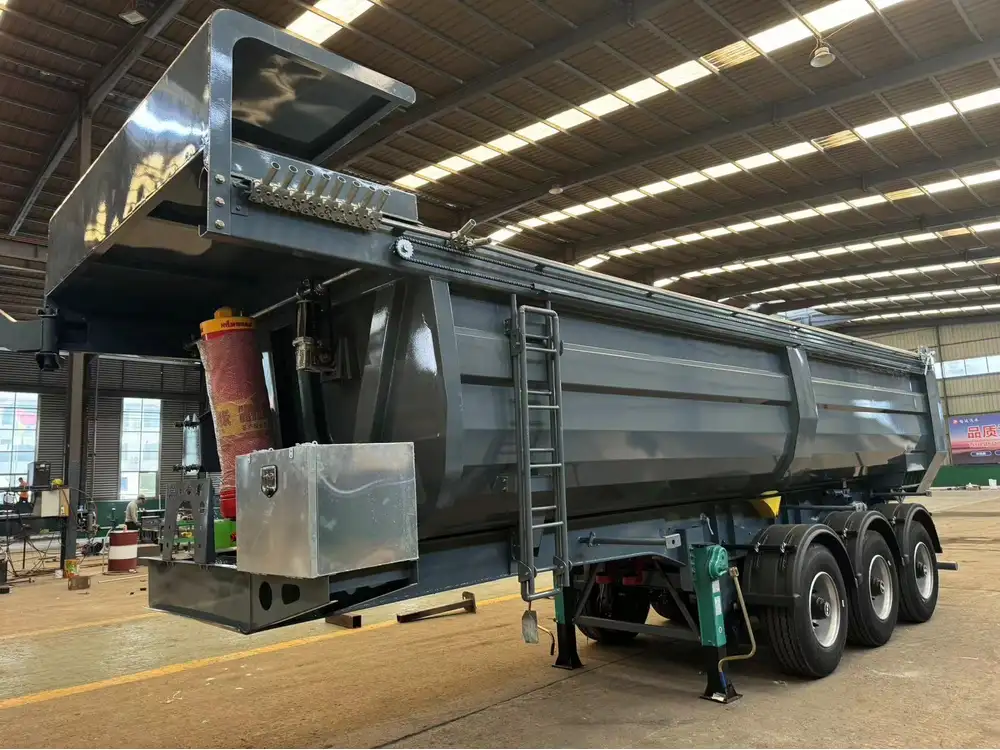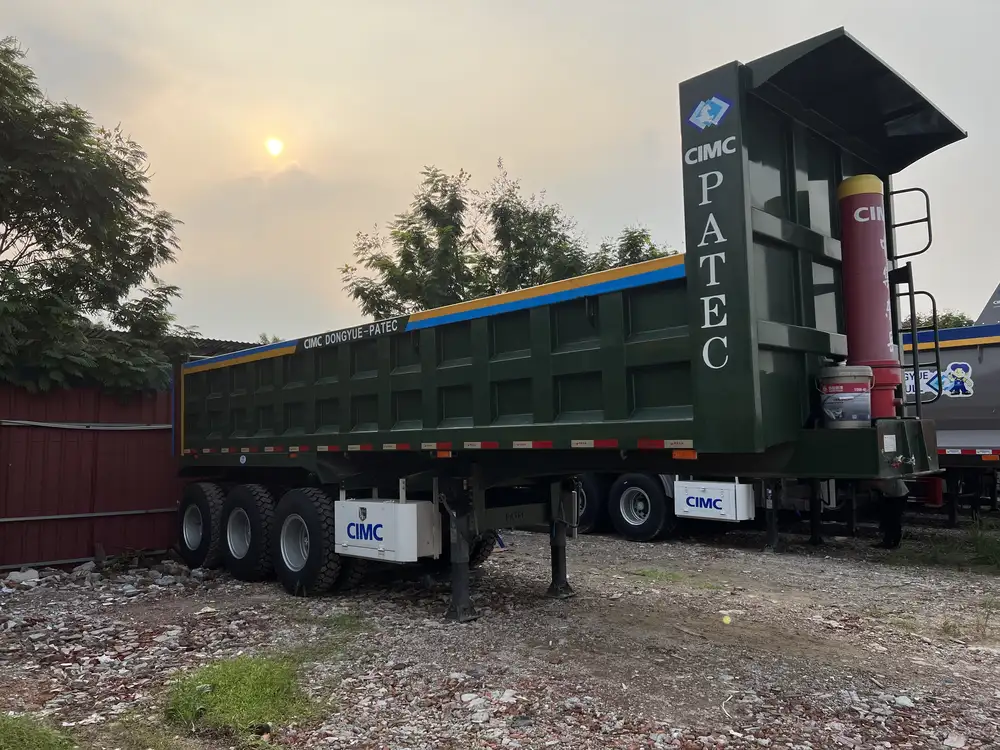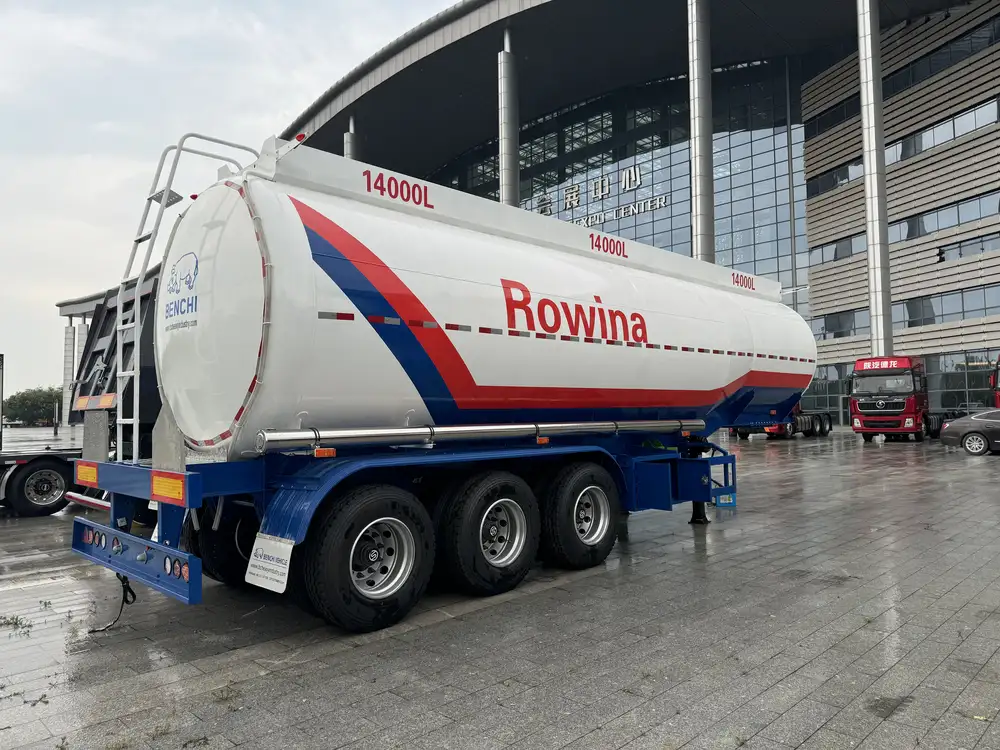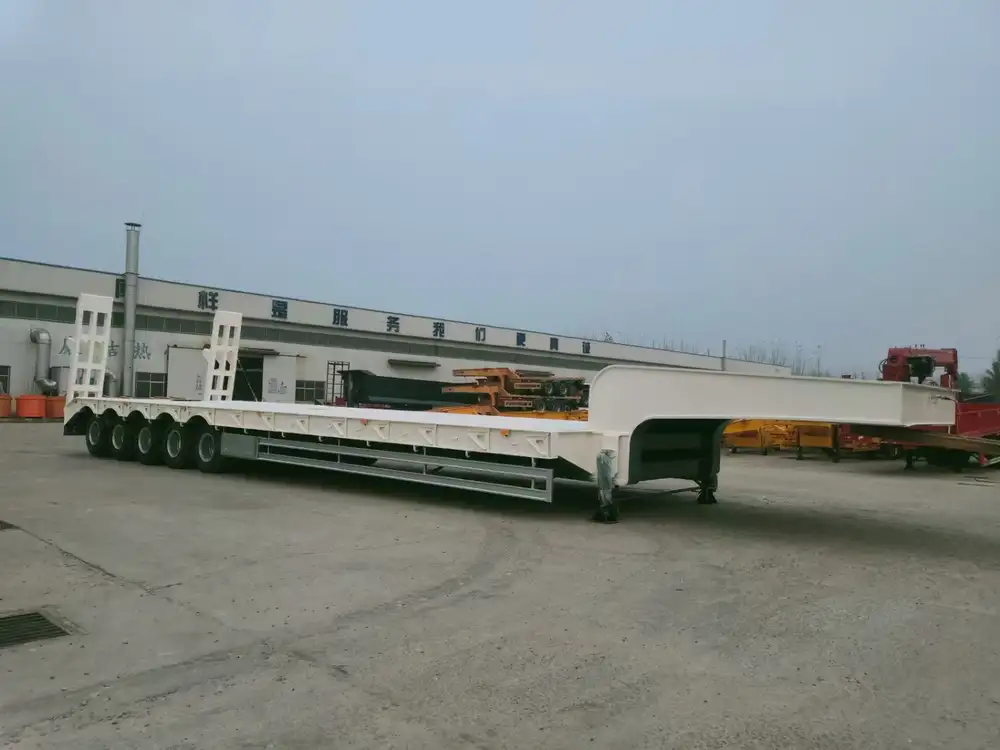In the vast landscape of transportation logistics, flatbed trailers serve as the robust backbone for moving cargo that requires an expansive loading platform without the constraints of sides or a roof, a boon for shippers and hauliers alike. However, the question arises: can a flatbed trailer be effectively covered? This article delves into the various methods for covering flatbed trailers, the advantages and considerations of each, and the regulations that can impact your decisions.
Understanding Flatbed Trailers
Flatbed trailers are uniquely designed with a flat, level platform to support a wide range of loads, including construction materials, heavy machinery, and oversized items. They are available in various sizes and configurations, accommodating different transportation needs. However, the inherent feature of having no sides or roof raises practical concerns about exposure to the elements, safety of the load, and compliance with transportation regulations.
Types of Flatbed Trailers

1. Standard Flatbeds
These trailers are best for transporting large, heavy items that do not require any containment. They typically have a weight capacity ranging from 48,000 to 50,000 pounds.
2. Step Deck Trailers
Offering additional height accommodation for tall loads, step deck trailers have a lower deck behind the wheels, allowing for better clearance.
3. Double Drop Trailers
Designed for carrying oversized loads, double drop trailers feature two drops in elevation, providing adequate height clearance.

Common Uses of Flatbed Trailers
- Construction Materials: Lumber, bricks, and piping.
- Heavy Equipment: Excavators, bulldozers, and other machinery.
- Vehicles: Cars, trucks, or recreational vehicles.
The Need for Coverage
Covering a flatbed trailer is imperative under various circumstances, including:
- Protection from Elements: Rain, snow, and ultraviolet radiation can damage cargo.
- Security: Cargo might be at risk of theft or vandalism.
- Compliance: Legal requirements for specific loads might mandate covering.
Methods for Covering a Flatbed Trailer

1. Tarpaulins
What are Tarps? Tarpaulins, or tarps, are heavy-duty plastic or canvas sheets that can be used to cover cargo on flatbed trailers. They offer customizable sizes and can secure loads against the environment and potential hazards.
Advantages:
- Cost-Effective: Tarps are generally inexpensive and widely available.
- Versatile: Easily adjusted to fit various loads, from flat to irregular shapes.
- Reinforced Options: Some tarps come with reinforced edges or grommets for enhanced durability.
Considerations:
- Installation Time: Setting up tarps can be time-consuming if not prepped correctly.
- Wind Resistance: In high wind conditions, improperly secured tarps may result in cargo shift or damage.

2. Cargo Nets
What are Cargo Nets? Cargo nets are heavy-duty nets made from durable materials designed to secure and contain various loads on flatbed trailers.
Advantages:
- Easy to Use: Quick to deploy and remove, facilitating faster loading and unloading.
- Ventilation: Allows air circulation, reducing moisture buildup and potential corrosion for sensitive cargo.
Considerations:
- Limited Protection: Cargo nets do not provide full coverage against weather elements.
- Not Suitable for All Loads: Primarily effective for items that are adequately aligned.

3. Hard Covers
What are Hard Covers? Hard covers are rigid structures that can be permanently or temporarily affixed to a flatbed trailer, providing strong, durable protection for the cargo.
Advantages:
- Maximum Protection: Provides full coverage against weather and potential theft.
- Aerodynamic Design: May improve fuel efficiency by reducing wind resistance.
Considerations:
- Cost: Initial investment can be higher compared to tarps and nets.
- Weight: Can increase the overall weight of the trailer, reducing payload capacity.

4. Enclosed Trailers
What are Enclosed Trailers? While not a flatbed, enclosed trailers provide maximum protection for cargo and can be an alternative for certain transport needs if the item fits.
Advantages:
- Extra Security: Reduced risk of theft or damage.
- Weather Protection: Complete shelter from environmental conditions.
Considerations:
- Loading Restrictions: Size and weight limits can hinder the transport of larger items.
- Higher Costs: Generally more expensive than flatbeds.

Factors to Consider When Covering a Flatbed Trailer
1. Type of Cargo
Understanding your cargo type influences your choice of cover. For example, fragile items may require hard covers, while standard construction materials might be adequately protected by tarps.
2. Legal Regulations
Familiarize yourself with local regulations regarding securing and covering cargo. Some jurisdictions require specific protection methods for transporting certain materials, especially hazardous goods.

3. Weather Conditions
Taking into account the weather forecast is crucial. If heavy rain or strong winds are predicted, securing a robust covering will be necessary.
4. Load Stability
Regardless of the covering method chosen, ensuring that the load is stable and secure is paramount. Always use appropriate strapping techniques and follow best practices for load distribution.
Conclusion: Maximizing Safety and Efficiency
Covering a flatbed trailer effectively increases the safety and efficiency of your transportation operations. The dynamic choice between tarps, cargo nets, hard covers, or considering the option of enclosed trailers ultimately hinges on your specific needs and the nature of the cargo being transported.

Key Takeaways
| Coverage Method | Pros | Cons |
|---|---|---|
| Tarpaulins | Cost-effective, versatile | Labor-intensive, susceptible to wind |
| Cargo Nets | Quick deployment, ventilation | Limited coverage, not for all loads |
| Hard Covers | Maximum protection, aerodynamic | Expensive, weight considerations |
| Enclosed Trailers | Extra security, all-weather protection | Potential size restrictions, higher cost |
Ultimately, thorough planning, understanding your requirements, and staying compliant with regulations ensures your cargo remains secure and intact throughout the journey. Embrace the various methods of coverage as essential tools in your operations toolbox, gaining both flexibility and reliability in your transportation endeavors.



